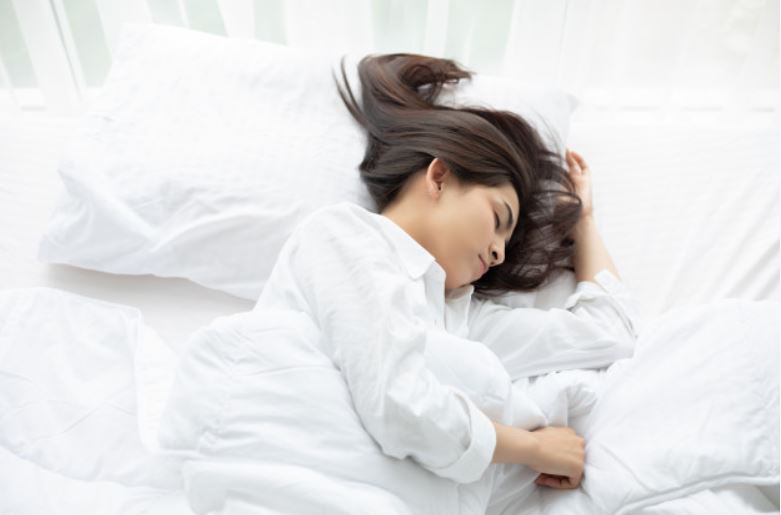No one can survive without sleep, yet out of all the basic necessities of life, sleep quality is the one that most people take for granted. This article explains the importance of good sleep and explores the different requirements for optimal sleep quality.

One would think that maintaining these pillars of health would be effortless and come naturally. While this may be true for our ancestors when they first walked the Earth, the conveniences of the modern world have – ironically – made this more challenging for us. Most of the food we eat now comes with many unnatural ingredients. Unlike our ancestors, we don’t normally get exercise from walking, running, and hunting. When it comes to sleep, we’re now exposed to so much unnatural light that throws off our natural circadian rhythm.
Being a pillar of health, good sleep comes with tons of benefits. Conversely, the lack of sleep is linked to numerous health concerns:
- Increased risk of weight gain and obesity.
- Impaired brain function.
- Increased risk of stroke or developing heart disease.
- Risk of developing prediabetes.
- Risk of depression.
- Weaker immune system.
- Increased inflammation.
Reduction of Blue Light Exposure at Night with Apps and Blue Light Glasses
Blue light has gotten a bad reputation lately as exposure to it was proven to affect sleep. While this is, indeed, true, blue light isn’t all bad. In fact, one would still need exposure to blue light in order to keep their circadian rhythm in check. Whether its effect on sleep is good or bad would depend on the timing of exposure.
Our brains associate blue light with day time. When we are exposed to blue light, our brains will work to keep us awake. It will delay the release of melatonin and keep all our bodily systems working to keep us active.
Healthy exposure to blue light in the morning is ideal as it keeps us alert when we most need to be. But one must limit, if not eliminate exposure as it gets dark to allow the body to prepare for bed.
Since blue light sources are everywhere these days, one can effectively reduce their exposure to blue light at night with the use of blue light filters. This can be in the form of apps and programs installed in all their electronic devices that emit blue light. One can even opt for physical filters like blue light glasses that come in shades of yellow or red.
Avoid Overstimulation and Sensory Overload
The concept of overstimulation is common in discussions of baby and toddler sleep. When a baby or toddler is overstimulated by too many activities, toys, lights, or sounds, they have trouble falling asleep.
The same is true for adults, too. We’re bombarded with information every day! The news and social media are great sources of information, but if we don’t set limits to the amount we take in, the quality of our sleep may be compromised. If you take in too much, you may find yourself in bed restless, overthinking about current events happening on the other side of the planet.
Visual overstimulation is a problem often overlooked. This happens when one is exposed to too many words and pictures. This doesn’t necessarily mean books or other reading materials. Visual overstimulation can be brought about by anything that needs analyzing. For example, a cardboard box with the words “This Side Up”. Every time you look at the box, your brain will always go to work to read the text, even if you don’t realize it!
Overstimulation can be avoided by switching off the news and staying off social media a couple of hours before bedtime. Visual overstimulation can be dealt with by removing anything with print from one’s bedroom. One can even dive into the world of meditation to allow oneself some quiet time – giving the brain a break from all the literal and figurative noise.
You can avoid blue light and overstimulation all you want, but if your sleep environment is bad, your sleep quality will still suffer. Good sleep environments of today are not that different from those of the past. These environments didn’t only have to give our ancestors a sense of security, they also had to support their natural circadian rhythms.
Of course, the ideal sleep environment is one that is free of blue light and stimulating objects. It also has the following qualities:
-
Silence
This is definitely a no brainer: sound is stimulating! A quiet room makes it easier for someone to just relax and fall asleep. For our ancestors, a quiet environment meant that there were no dangers or threats that lurked in the night.
Noise also increases the risk of someone waking up, therefore decreasing the quality of their sleep.
-
A Cool Room
It’s easier for people to fall asleep in cool room temperatures than in warmer room temperatures. This isn’t a matter of preference, either. Studies have shown that sleeping in a cool room actually boosts melatonin production!
-
Darkness
A dark room not only blocks out any stimulating visuals, it also sends signals to the brain to let it know that it’s night – the time to sleep! Darkness triggers the brain to start getting the body ready for a good night’s sleep. It triggers the slowing down of digestion to conserve energy. This also triggers the production of the sleep hormone melatonin.
Interesting related article: “Your mattress can affect your sleep.”
